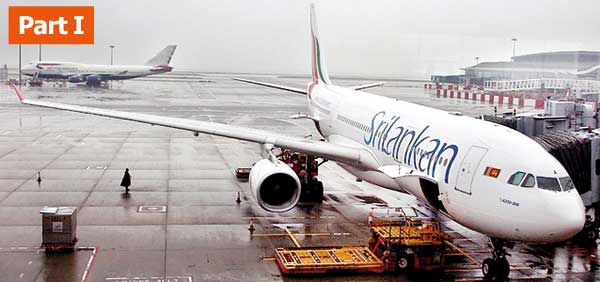Flag carrier Turkish Airlines has generated a net pre-tax profit of US $ 153 million for 1Q 2015, compared with the US $ 110 million loss it posted for the same period last year.
This was possible due mostly to hedging in fuel prices (see Diagram 1) and several financial risk-mitigating measures which improved its competitiveness in a predominant European market, where growth according to IATA is forecasted only at 3.0 percent for the coming years.
Some of the ‘elements of risk’ viewed as fundamental to the health of its future cash flows and liquidity were:
-
The possibility of the company being prevented from achieving its business objectives by changes taking place in its short-, medium- and long-term cash position and in its portfolio investments.
-
The financial impact of changes in aviation fuel and carbon emission certificate prices.
-
The financial impact of changes in the market value of aircraft financing, which is through FX-denominated debt and on cash owing to interest rates movements.
-
The potential for losses in the event that a domestic or foreign financial institution or its counterparts, default on deposit, derivative or other transactions.
-
The airline also is able to free up capital for its sales promotion deploying world-renowned sports personalities in its image building (basketball legend Kobe Bryant and Soccer Great).
|
|

.jpg) Prime Minister Ranil Wickremesinghe had clearly enunciated in his economic policy framework that all state-owned enterprises (SOEs) would be brought under a State Holding Corporation (SHCL) and operated as a trust. He had further said these SOEs would take meaningful steps to incorporate private sector-style efficiency measures that would ensure them being run efficiently.
Prime Minister Ranil Wickremesinghe had clearly enunciated in his economic policy framework that all state-owned enterprises (SOEs) would be brought under a State Holding Corporation (SHCL) and operated as a trust. He had further said these SOEs would take meaningful steps to incorporate private sector-style efficiency measures that would ensure them being run efficiently..jpg)